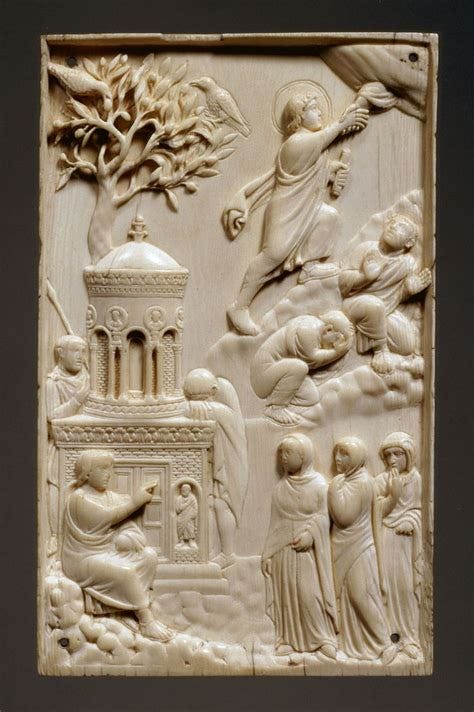Defending the resurrection of Christ in the Ancient Church, with particular reference to Ignatius' affirmation of the resurrection
While not as well known as the discovery of the Dead Sea Scrolls, the 1945 find of a large cache of Gnostic manuscripts at Nag Hammadi in the Egyptian desert was, and still is, an extremely important event.[1] Here, in the words of Gnostics themselves, students of the Ancient Church have documented proof of the threat posed by Gnosticism to the life and thought of early Christianity. Gnosticism—which derives its name from the Greek word for knowledge, gnōsis —took many different forms, comprising a wide variety of teachings and teachers. Common to nearly all of them, though, was a cluster of fundamental characteristics.
Keep reading with a 7-day free trial
Subscribe to Historia ecclesiastica: e-history with a Christian dye to keep reading this post and get 7 days of free access to the full post archives.


